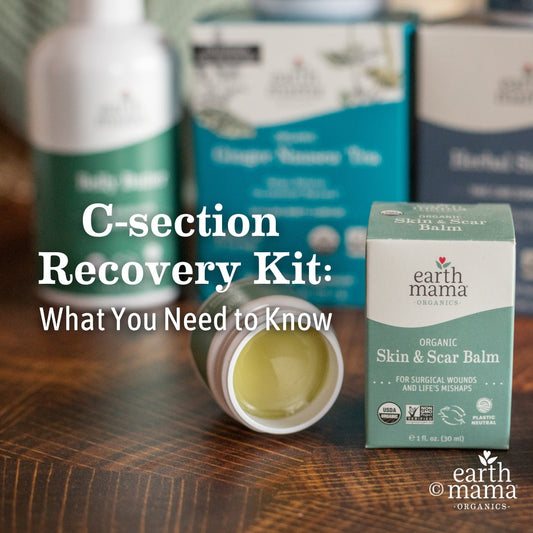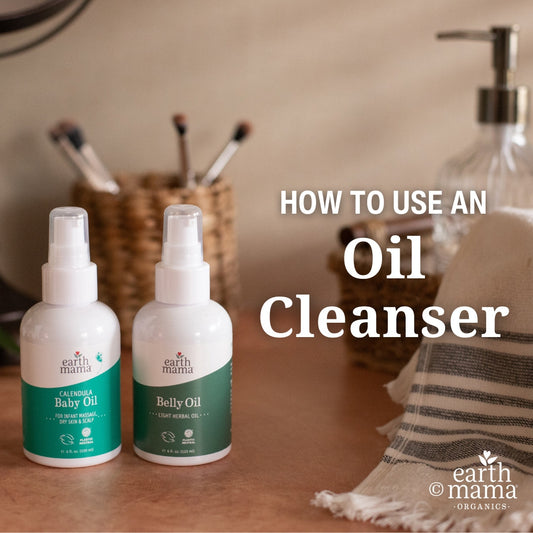Learn

Lady Face® Tinted Mineral Sunscreen Face Stick:...
Looking for the best tinted mineral sunscreen? All the mamas are grabbing Lady Face Tinted Mineral Sunscreen Stick for safe, SPF 40 protection.
Lady Face® Tinted Mineral Sunscreen Face Stick:...
Looking for the best tinted mineral sunscreen? All the mamas are grabbing Lady Face Tinted Mineral Sunscreen Stick for safe, SPF 40 protection.

Travel Tips for Hitting the Road with Your Favo...
We asked seasoned Earth Mamas to share their travel tips for hitting the road with their favorite non-toxic products.
Travel Tips for Hitting the Road with Your Favo...
We asked seasoned Earth Mamas to share their travel tips for hitting the road with their favorite non-toxic products.

C-section Recovery Kit: What You Need to Know
We asked a two-time c-section mom to share what she would have packed in her c-section recovery kit. Here’s what you need to know to make sure you're covered!
C-section Recovery Kit: What You Need to Know
We asked a two-time c-section mom to share what she would have packed in her c-section recovery kit. Here’s what you need to know to make sure you're covered!

Organic Skin & Scar Balm: A Field Guide
Here's why Earth Mama's Organic Skin and Scar Balm should be a fixture in your family's bathroom cabinet to help give a little TLC to skin of all ages.
Organic Skin & Scar Balm: A Field Guide
Here's why Earth Mama's Organic Skin and Scar Balm should be a fixture in your family's bathroom cabinet to help give a little TLC to skin of all ages.

How to Use an Oil Cleanser
Oil cleansing has certainly grown in popularity and for good reason, especially during the cold weather months when skin can feel extra dry and cracked.
How to Use an Oil Cleanser
Oil cleansing has certainly grown in popularity and for good reason, especially during the cold weather months when skin can feel extra dry and cracked.

DIY Sugar Body Scrub Recipe
Here's how to make a simple DIY sugar body scrub with only three ingredients. Perfect for the cold weather months, or any time your skin needs some TLC.
DIY Sugar Body Scrub Recipe
Here's how to make a simple DIY sugar body scrub with only three ingredients. Perfect for the cold weather months, or any time your skin needs some TLC.
